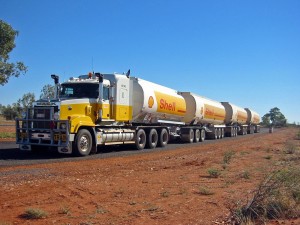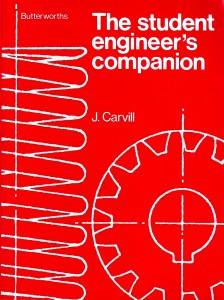It’s Time for Trains
 I think one of the most awe-inspiring automotive sights possible is seeing an Outback road-train pulling into a truck stop at night.
I think one of the most awe-inspiring automotive sights possible is seeing an Outback road-train pulling into a truck stop at night.
Hot, dark air pushed aside by the behemoth, a vehicle that has been driving for hundreds of kilometres into a tunnel of light lit by the huge spotlights, brushing away – depending on the location – ‘roos, rabbits or even bulls.
It’s enough to raise the hairs on your neck, the glorious romance of pushing a load through the immensity of darkness.
Over the years I have listened to many truck drivers talking on the CB, in the distant past on 27 megs and more recently, on UHF. Over that time I have become a fan; being able to talk to these guys, sometimes from a very small car, has given me confidence and understanding and empathy with these drivers of giants.
I love big trucks and enormously admire those who drive them.
But when you start talking interstate hauls, most of their loads should be on trains.
Yep, trains.
It doesn’t matter if you look from the perspectives of road safety, of road maintenance, of greenhouse gas emissions or of total fuel usage.
For long distance, trains do it better.
This article says it better than I can.
I love trucks, but for long distance freight, it’s time for trains.

 Julian Edgar, 50, has been writing about car modification and automotive technology for nearly 25 years. He has owned cars with two, three, four, five, six and eight cylinders; single turbo, twin turbo, supercharged, diesel and hybrid electric drivelines. He lists his transport interests as turbocharging, aerodynamics, suspension design and human-powered vehicles.
Julian Edgar, 50, has been writing about car modification and automotive technology for nearly 25 years. He has owned cars with two, three, four, five, six and eight cylinders; single turbo, twin turbo, supercharged, diesel and hybrid electric drivelines. He lists his transport interests as turbocharging, aerodynamics, suspension design and human-powered vehicles.


